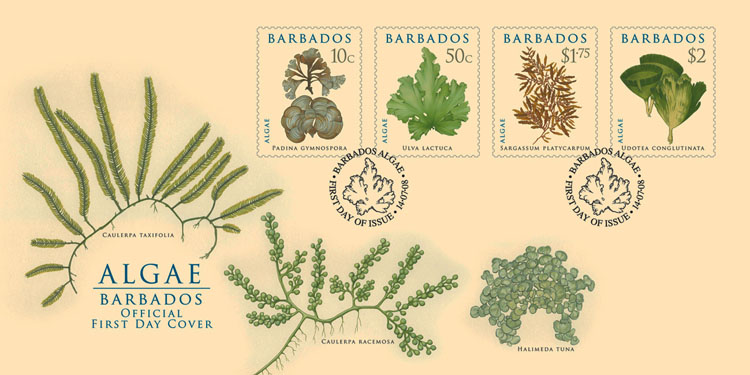A federal study published in the journal Environmental Science and Technology shows smaller amounts of a common bug killer may be more harmful in Midwest streams than previously thought. The chemical compound bifenthrin is used to kill mosquitoes, aphids on crops, and ants and termites in households. But the insecticide also gets into waterways. USGS scientists evaluated the effects of bifenthrin on natural communities of stream invertebrates, such as mayflies and midges, using artificial streams. Exposure to bifenthrin concentrations previously thought benign caused the insect populations to become less abundant and diverse, and caused an increase in algal growth as the larvae that feed on algae decreased. The insecticide also altered the timing of insect emergence from the larval state to become adults and complete their life cycle. There were obvious similarities between the data from the artificial stream test and data for 92 small streams in the Midwest studied by the USGS in 2013. The insect species that were most sensitive to bifenthrin in the artificial streams were less abundant or eliminated from Midwest streams with similar bifenthrin concentrations. About 40 percent of Midwest streams sampled had bifenthrin concentrations greater than levels that caused meaningful ecological change in the artificial stream study.
“The results of this experiment demonstrate that not only do aquatic insects die at concentrations of bifenthrin previously thought nontoxic, but that bifenthrin changes the way that stream ecosystems function,” said Travis Schmidt, a USGS ecologist and the lead scientist on the study. “Bifenthrin disrupts the ability of insects to control algal blooms, and disrupts the emergence of flying aquatic insects that are a food source for bats, birds and other animals in and around rivers.” Parts of Ohio, Indiana, Illinois, Kentucky, Wisconsin, Minnesota, Iowa, Missouri, South Dakota, Nebraska, and Kansas were included in the study.
Sources:
Wiscontext, October 14, 2016
http://www.wiscontext.org/study-finds-insecticide-more-damaging-wiscons…
USGS, October 12, 2016
https://www.usgs.gov/news/common-insecticide-identified-midwestern-stre…

- Login om te reageren
